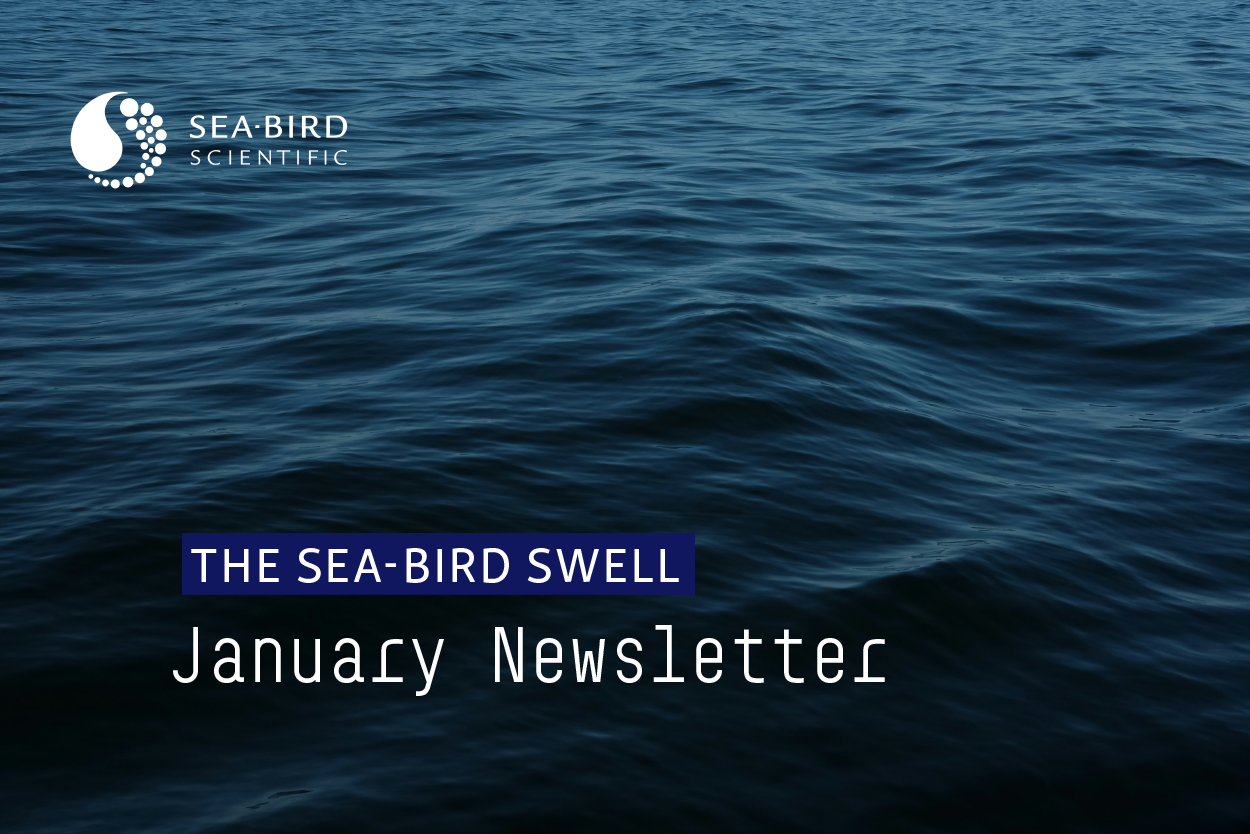Tech Tip: Julian Days Format
Tech Tip: Julian Days Format

“Julian Days” is a numerical timestamp format, calculated by Sea-Bird Scientific CTDs as the number of the days since Jan 1 of that year (e.g., noon on Feb 3 = 34.5). While this format is useful, it is usually more convenient to display data in a visual format such as “2020-02-03 12:00:00″. Learn how to convert Julian Days to standard formats using tools like SBEDataProcessing, Excel, and Matlab.
Exporting “Time, Elapsed: Julian Days” from CTD data provides a count of days since Midnight on Jan 1 of that year, as referenced to the CTD’s timestamp. Some examples:
- Midnight on January 1st: timeJ = 1
- Midnight on January 2nd: timeJ = 2
- Midnight on February 1st: timeJ = 32
- Noon on February 1st: timeJ = 32.5
To convert to a standard time format with a deployment starting in 2020
- Sea-Bird Data Processing: Use Time conversion in ASCII out
- In Excel: 1/1/2020+timeJ-1
- In matlab: datenum(2020, 1, 1)-1+timeJ
- In Python: d = datetime.date(dyear, 1, 1) + datetime.timedelta(yday – 1)
- In R: time1 <- ISOdatetime(year, 1, 1, 0, 0, 0, tz=’UTC’) + (jday – 1)*86400
However, beware that the timeJ is referenced against the timezone of the instrument which can either be local or UTC
# start_time = Feb 25 2019 12:00:01 [Instrument’s time stamp, first data scan]
Related Posts
Featured Posts
Oceanology International 2024
We hope to see you at #Oi24 We are excited to return to Oceanology International 2024 again in London, UK from March 12-14. Overview Oceanology International brings together 500+ exhibitors in the only event that links the three key players in the industry:...
Ocean Sciences Meeting 2024
We hope to see you at #OSM24 We are excited to return to Ocean Sciences Meeting 2024 in New Orleans, Louisiana from February 18-23 at booth number #527. Overview The Ocean Sciences Meeting 2024 is co-sponsored by the American Geophysical Union, the Association for the...
Pride 2023
Celebrating and honoring our LGBTQIA+ communities At Sea-Bird Scientific, we are proud to stand with members of the LGBTQIA+ community during Pride Month 2023. As with last year, we changed our logo on social media to feature a rainbow throughout the month of June in...
Science and Technology
Platform


